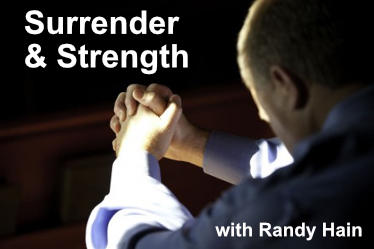 I was in the airport recently and spotted a number of young men and women in military uniforms. I have read about civilians going up to these folks to thank them for their service — and even offering to buy them meals. I think these are wonderful gestures.
I was in the airport recently and spotted a number of young men and women in military uniforms. I have read about civilians going up to these folks to thank them for their service — and even offering to buy them meals. I think these are wonderful gestures.
It reminds me of the times I’ve been thrilled to see sisters in the grocery store wearing traditional religious habits. Sometimes I have talked with them, asked for prayers and made a small donation.
It seems that clothing tells the world who we are and what we value.
In my childhood, I attended Catholic schools and wore the standard uniforms. Although at times I complained, the fact is that uniforms were a blessing: I didn’t have to compete with the girls whose parents could afford pricier clothing. And when we took the bus, our fellow travelers knew by our outfits that we were Catholics, which was quite a responsibility for girls like me, who were tempted to act a bit silly on public transportation.
In those same Catholic schools, there was no mistaking the women who had given up so much to follow Christ. The St. Joseph sisters at Immaculata High School in Miami wore long black skirts with big white wimples that reminded me of a Communion wafer. The rosary beads attached at a sister’s waist made a distinctive clicking sound as the sister went around the room, checking our work. At times I would look up and see her silently telling the beads.
Many years later, I was thrilled to meet some of Mother Teresa’s sisters, the Missionaries of Charity, who wear the very simple white sari with a blue stripe in honor of the Blessed Mother. I also met the Dominican Sisters of Hawthorne, who minister to cancer patients at Our Lady of Perpetual Help Home in Atlanta. These ladies can be easily recognized by their long white robes and black veils.
No matter where these ladies go, people know at a glance that they have given their hearts to the Lord. They leave a lasting impression as women who have embraced a humble life out of love for Jesus.
Starting in the 1960s, the vast majority of religious sisters gave up habits and chose secular clothing instead. Still, it is surely telling that even today when a nun makes an entrance in a movie, she will be wearing a traditional habit, complete with the veil. And if the character is a monk, you can bet he will be wearing a long robe. The ordinary lay person is confused by a sister in a pantsuit or a priest in Bermuda shorts.
Some sisters, however, feel that the habit is restrictive, and they prefer dressing in everyday clothing. Some want to blend in more with lay people, and others don’t want to feel encumbered by their garments.
Problem is, something very precious is lost when religious folks abandon the clothing that has become synonymous in the eyes of the world with serving Jesus Christ.
These days, fortunately, it seems the tide is gently turning. A report issued by Zenit.org — and mentioned in The New York Times — reveals that vocations are on the rise among religious orders that still value certain traditions. The groups that are most successful in attracting and retaining new members still live in community, attend daily Mass together, pray the Divine Office – and wear traditional religious habits.
This is very good news indeed. It seems that men and women who are today drawn to vocations are eager to convey to the world in no uncertain terms exactly what they stand for. And Whom it is they so deeply love.
Lorraine’s newest book is “Death of a Liturgist,” a wild romp through a parish that has been hijacked by a liturgist who wants to get everyone grooving on Sunday. It can be ordered on the Saint Benedict Press website. She also is the author of “Death in the Choir” and “The Abbess of Andalusia: Flannery O’Connor’s Spiritual Journey.
Her website is www.lorrainevmurray.com
If you liked this article, click on “Recommend” to share with your Facebook network. And please share your thoughts on this article by submitting your comments below. – The Editors











